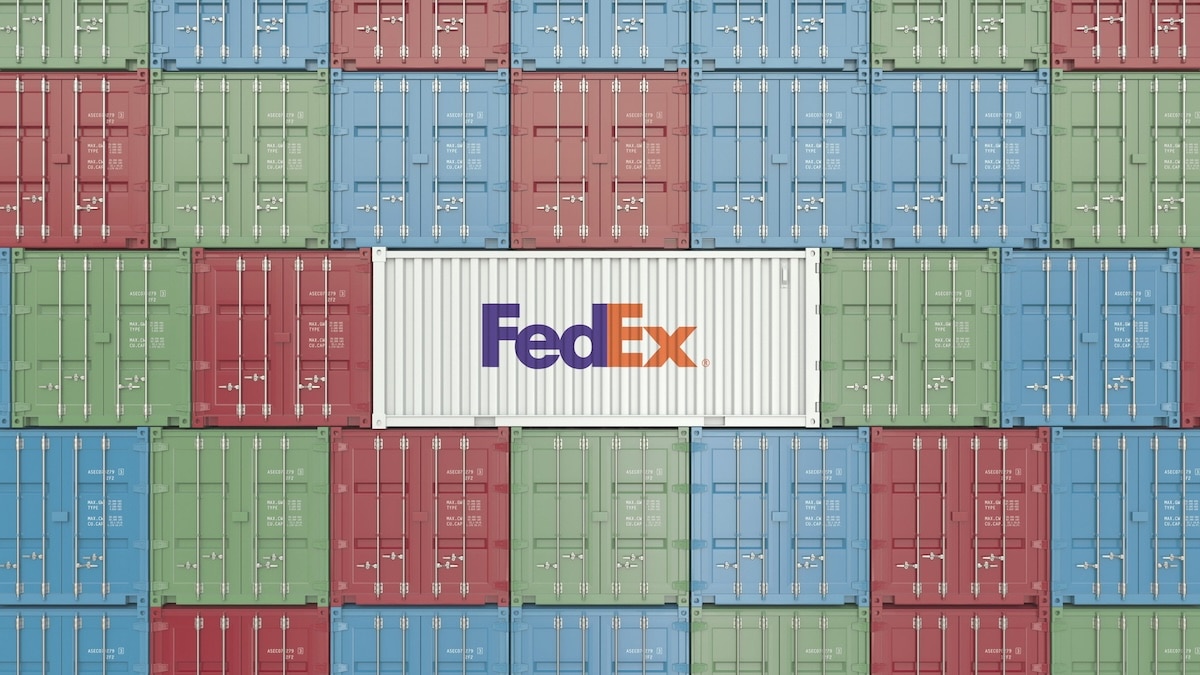FedEx has implemented several new surcharge structures and adjusted existing ones to reflect current market conditions and operational costs. These surcharges directly impact your bottom line, affecting everything from product pricing strategies to customer satisfaction. So there’s a lot at stake when it comes to your parcel spend management strategy this year.
This guide will walk you through the major FedEx shipping surcharge categories and offer actionable strategies to minimize these costs.
Understanding FedEx Shipping Surcharge Basics
What are surcharges?
Surcharges are additional fees applied on top of FedEx’s base shipping rates, designed to cover specific operational costs or service enhancements that go beyond standard delivery. Unlike base rates, which are determined by package weight, distance, and service type, surcharges address unique circumstances such as:
- Fuel price fluctuations
- Special handling requirements
- Delivery to challenging locations
- Peak season capacity constraints
FedEx Surcharges: New Fees and Updates for 2025
Fuel Surcharges
- Effective Date: May 26, 2025
- Details: FedEx Ground, FedEx Home Delivery, and FedEx International Ground services will increase based on the National U.S. Average On-Highway Diesel Fuel Price. The Domestic Ground Surcharge will now be 17.75%.
- Why It Matters: Fuel costs change rapidly, making them one of the most volatile components of shipping costs. Because they apply to every package shipped, fuel surcharges directly impact your bottom line.
Payment Fees
- Effective Date: June 1, 2025
- Details: FedEx is increasing the Late Payment Fee from 8% to 9.9% of the total past-due invoice balance.
- Why It Matters: A 2% increase in late payment fees can significantly impact your parcel shipping budget. Setting up automatic payments can help ensure that you don’t incur late payment fees.
Disbursement Fee and Duty, and Tax Forwarding Free
- Effective Date: May 2, 2025
- Details: If the customs value is equal to or less than $800, the fee is $4.50 or 2% of Duty and Tax, whichever is greater.
- Why It Matters: The de minimis exemption allowed packages valued at under $800 to enter the US without being subject to tariffs. However, those packages will now be subject to new tariffs and fees, increasing shipping and delivery costs.
Address Corrections
- Effective Date: January 5, 2025
- Details: Address corrections are applied at the carrier’s discretion when the shipper provides an incorrect or incomplete address. FedEx also adds this surcharge when the destination is a P.O. box or has a P.O. box ZIP code. For 2025, FedEx is charging $24, a 6.67% increase, to address corrections.
- Why It Matters: Last-minute address changes are complex and costly for shippers. To avoid address corrections, shippers can regularly update customer databases to ensure they contain the most recent address information, as well as remove any duplicate or outdated records. Address autocomplete tools can also help customers prevent typos and incomplete information.
Residential Delivery Surcharge
- Effective Date: January 5, 2025
- Details: This surcharge is applied to shipments going to homes or private residences, including businesses operated out of homes. FedEx has implemented the following residential delivery surcharges:
- FedEx Home Delivery: $5.95 (7.21% increase)
- FedEx Ground: $5.95 (7.21% increase)
- FedEx Express: $6.55 (6.5% increase)
- Why It Matters: This fee can also be added to any shipment where the shipper has designated the delivery address as a residence, regardless of whether it’s accurate or not.
Dynamic Pricing Changes
Learn more about the most impactful FedEx surcharge increases in Reveel’s 2025 General Rate Increase (GRI) report.
What Can Shippers Do To Minimize FedEx Shipping Surcharges?
As surcharges and fees increase mid-year, planning your parcel shipping budget long-term can be difficult. But there are 5 strategies shippers can implement to help control their shipping costs:
- Understand your shipping profile: Review the last 12 months of shipping data to identify surcharges and shipping patterns. Monitor key metrics, like average package weight, dimensional weight, residential and commercial deliveries, and address correction frequency.
- Diversify your carriers: Reduce dependency on a single carrier so your shipping strategy can evolve as fees increase. Identify 2-3 carriers that can fulfill your business’s shipping needs to have leverage in contract negotiations and backup options during periods of high volume.
- Negotiate your shipping contract: To start negotiating your shipping contract, identify specific surcharges and fees that most impact your parcel shipping operations and research competitor rates and surcharge structures.
- Optimize packaging: The correct-sized boxes can greatly impact your shipping costs. Invest in multiple box sizes to match product dimensions and ensure to stay within size and weight thresholds.
- Implement advanced shipping software: Calculating everything by hand is time-consuming and can lead to costly errors. Shipping software with PSM 2.0 technology can automatically identify top areas for improvement and give you the tools you need to work more effectively with your carriers.
Conquer FedEx Shipping Surcharges With Reveel
Understanding FedEx surcharges requires ongoing attention as rates and policies change frequently throughout the year. The key to managing these costs lies in package optimization, strategic contract negotiation, and leveraging technology for visibility and decision-making.
Reveel’s Parcel Spend Management 2.0 software can improve your shipping budget through contract management technology, automatic parcel invoice auditing, and advanced data analytics. Request a demo here.
Image credit: Alexey Novikov – stock.adobe.com



